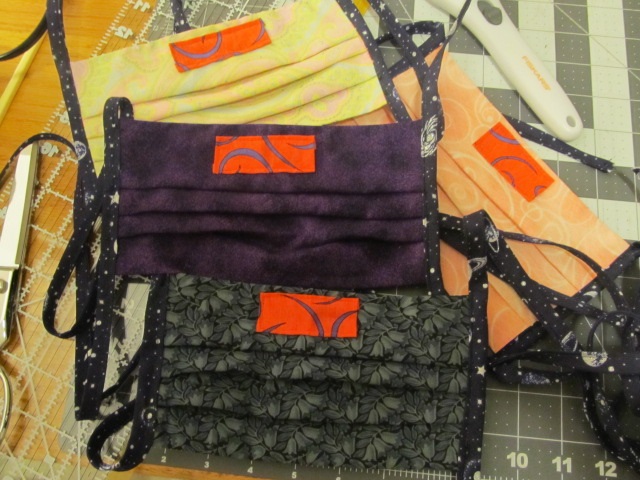The Southern Fever, so called because the epidemic took place primarily on the Southern Continent, is a viral infection named for its primary symptom, a high fever that lasts several days. It is highly contagious and has a high risk of death. On the Southern Continent and in the
Southern Islands, it is usually known as "the fever."
History
The first cases of the fever occurred in winter of 1935 in the city of Asowell in
Xye. Due to its high level of contagiousness, it quickly spread throughout the Southern Continent and into the Southern Islands. Many countries on the Major Continent and
Minor Continent shut down or severely limited trade routes to prevent the fever from spreading north, though some countries, such as
Suxad sent medical teams and researchers to countries in the south to help them search for a cure.
During the late summer of 1936, outbreaks shrunk, and people believed they had outlasted the epidemic. The fever returned, however at the start of 1937, worse than it had been before, and lasting most of the year. During this time, a cure was developed, but it had a high risk of leaving surviving patients permanently blind. The epidemic was so bad it even shut down most
Thisaazhou trade routes.
The epidemic left several scars on the continent. It gripped the entire world with fear and left lasting economic damage across the southern hemisphere. In most areas, the fever caused hospital overflow and in many areas, people died due to lack of medical resources. Since the second wave, there has only been about one outbreak per decade. These were isolated and hospitals were able to manage them, but many who lived through the pandemic still fear the disease, especially as doctors have yet to develop a better cure. Signs of the fever are often still met with fear, especially by those who lived through original epidemic.
In some places, the epidemic has caused social changes. In
Ethion, some politicians claimed the sickness was brought by
Pelan refugees, using it as a ammunition against the ethnic group. In
Virarona, face masks went from protection against the fever to fashion statement. The accessory remains popular today, even though they are no longer necessary.
Symptoms
The disease begins with feelings of fatigue, and sometimes body aches. Over the next couple of days, a cough develops, and shortness of breath. This is shortly followed by the fever itself. The fever continues to rise, often bringing with it delirium. It lasts for several days. It recedes much more quickly than it come, and once the fever begins to drop, it is often gone entirely within a day.
In the second strain of the fever, this progression was reversed. The symptoms begin quickly, often with the fever developing a day or two after the initial fatigue. In these cases, the fever is often more severe, and has a "false drop," during which point it lowers, but continues for several days before fully receding.
Prevention
Because the fever is airborne and highly contagious, most nations created orders requiring people to wear masks during the time of the epidemic, as well as creating quarantining procedures and cancelling large events which could cause the spread. Ads and radio announcements about washing hands and disinfecting common surfaces were also common.



Comments